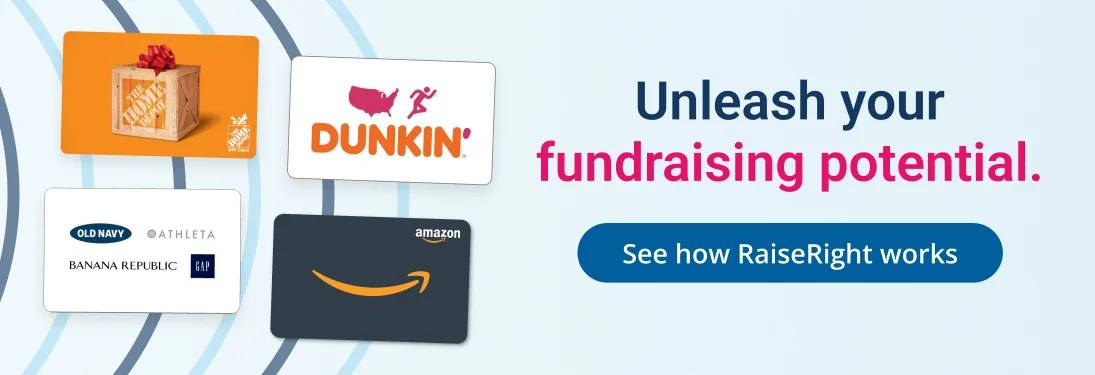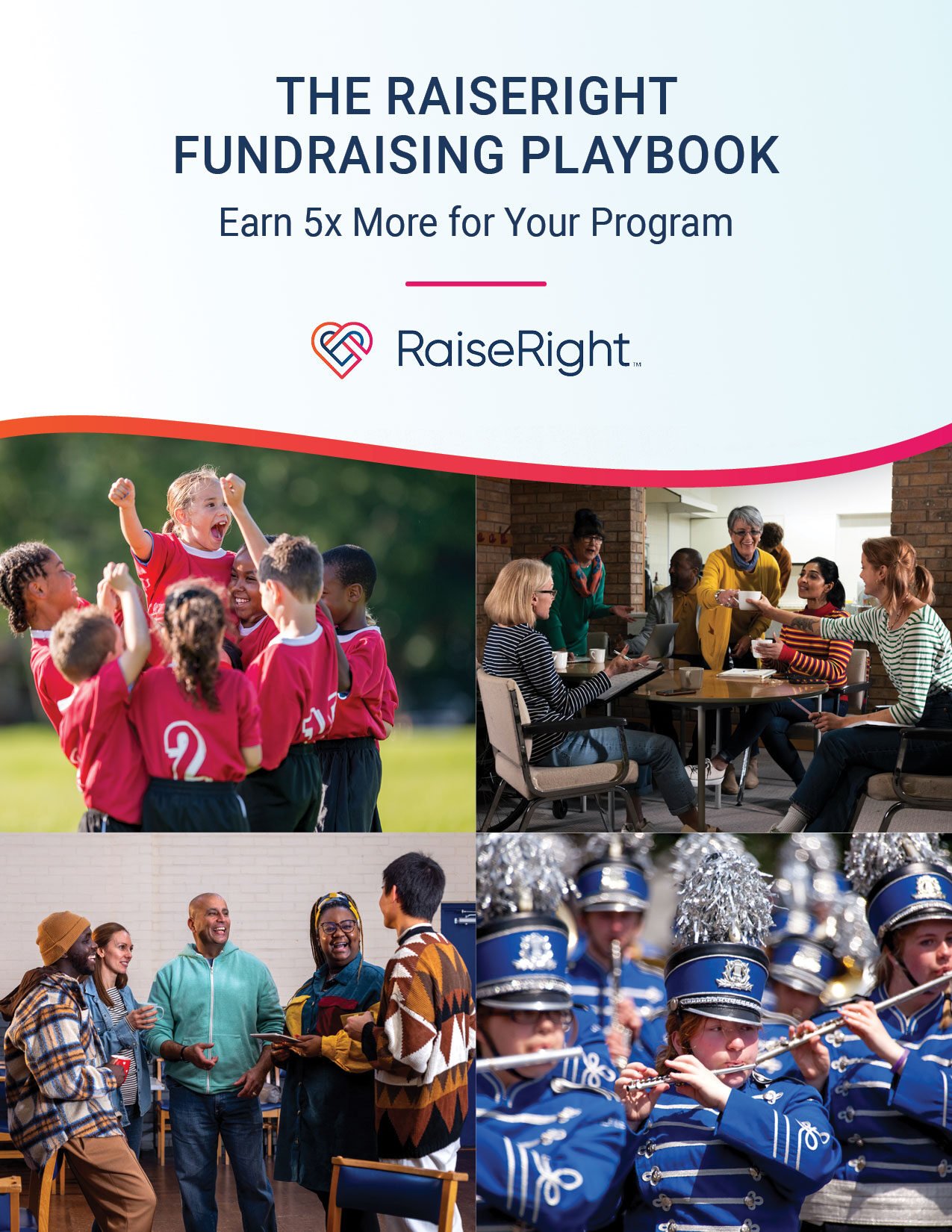5 Must-Know Social Media Strategies for Nonprofits (2025)

Social media is a vast, ever-changing landscape, and just about everyone engages with it. For this reason, leveraging social media has become an incredibly effective way for nonprofit organizations to promote themselves and garner support.
If you want to grow your nonprofit’s social media strategy in 2025, keep reading. In this helpful guide, we’ll break down five must-know social media guidelines for nonprofits so that you can make the most of your marketing efforts.
1. Keep content digestible
These days, audiences prefer content that’s short, snappy, and easy to consume. So, whether you produce written content or videos, it’s important to keep things as concise and precise as possible.
For video content:
- Focus on your framing and make your visuals eye-catching right from the start.
- Keep short-form videos to less than 1 minute if possible.
- Boil down your message into something simple that you can convey without confusion.
For written content:
- Visually break up large chunks of text so that they seem smaller and easier to read. You can experiment by adding bullet point lists, numbered lists, or small paragraph formats.
- Always lead with the most important information first.
- Establish a strong voice for your nonprofit and ensure consistency through all your social media. This way, everything sounds, feels, and looks cohesive.
You’ll likely get more clicks and engagement as you keep content shorter and focus on fast consumption. Don’t overlook strategies like posting on Instagram Reels or Youtube Shorts to expand your short-form content reach.
2. Know your audience and where they hang out
Different groups of people tend to gather on different social media platforms, so it’s important to establish your audience and where they spend their time.
You can easily discover your demographics by using analytics tools, running polls, or even looking at the audience that attends your nonprofit events.
As a baseline, consider examining this key demographic information about major social media sites from 2024:
- Facebook – 3.065 billion active users with the largest age group being 25-34 (29.9% of users). Users spend 30 minutes a day browsing.
- Instagram – 2 billion self-reported users with the largest age group being 18-24. Users spend 30.1 minutes a day on the app.
- TikTok – 1.526 billion users with the largest age group being 18-24. Users spend 45.8 minutes a day on the app.
- Twitter/X – 619 million users with the largest age group being 18-29. Users spend 34.8 minutes a day on the app on average.
- LinkedIn – 930 million users with the largest age group being 30-39. 63% of users access LinkedIn weekly, with only 22% accessing it daily.
- Pinterest – 450 million users with the largest age group being 25-34. Users spend an average of 14.2 minutes a day on the app.
- Snapchat – 750 million users with the largest age group being 18-24. Users spend around 30.4 minutes daily on the app.
- YouTube – 2.5 billion worldwide users with the largest age group ranging from 15-35. Users spend an average of 45.6 minutes a day here.
Casting a wide net on a combination of your most relevant platforms is a great way to ensure you’re meeting your existing audience while expanding your reach to others.
3. Engage your audience
Most platforms have algorithms that reward you for engagement, which means you can find a wider audience by:
- Commenting on the content of others in your industry
- Engaging and replying to comments people leave on your content
- Hosting live events like Q&A sessions
- Polling your audience
- Hosting giveaways and other events to encourage interaction
An audience is also more likely to stick around if they feel like they’ve created a genuine connection with you. This is essential for nonprofits since people are more likely to donate their time and money if they feel like they know you personally.
4. Tell stories, take risks, and push boundaries
Beyond engaging through comments, polls, and other features, you'll want to assess your social content strategy.
For years, nonprofits have taken a cautious approach to social media, focusing on professionalism to build trust and uphold their reputation. While maintaining professionalism is still essential, it’s no longer enough to stand out. In 2025, the key to success lies in embracing bold creativity.
Lean into storytelling by sharing genuine, heartfelt narratives from your community, supporters, volunteers, or staff. Highlight behind-the-scenes moments that give your audience a glimpse into your nonprofit’s daily impact and challenges—making them feel like insiders.
Focus on meaningful engagement and fostering a sense of community. Rather than jumping on viral trends that don’t align with your mission, find authentic ways to connect with your audience. Shift from simply promoting your organization to sparking conversations that resonate. Encourage dialogue, share perspectives, and invite supporters to actively participate in your story.
This bold, relationship-focused approach can help your nonprofit build deeper connections, inspire action, and amplify its voice in today's noisy digital landscape.
5. Leverage web optimization
Finally, optimize your web content. If possible, hire someone with expertise in digital marketing and social media management to maximize your reach. After all, understanding social media algorithms and creating content is a full-time job—one you may not have time for with the work you already manage.
It can also help to hire a web designer or developer. Often, people will judge a nonprofit’s webpage or social media account by its visual appeal. So, if yours is cluttered or outdated, or if it doesn’t work properly on mobile devices, you’ll lose some of your audience—which means losing potential donors and supporters.
Transform your social media presence in 2025
These days, leveraging social media is essential to building a community. So, knowing how to use it is worth dedicating your time and attention to.
Key takeaways:
- Understand your audience and know what platforms they use.
- Understand what content is popular on each platform and learn how to craft it.
- Tailor your content to ring true to your nonprofit’s voice, goals, and intentions, but know how to capitalize on trends and make yourself relevant to today’s watchful eye.
If you can strike this balance, you’ll be able to grow your social media following and open up ample opportunities to receive support for your nonprofit throughout 2024 and beyond.
However, building a robust social media presence is just the first step toward securing sustained support for your nonprofit.
Imagine a seamless nonprofit fundraising strategy that not only empowers your organization but also engages your supporters effortlessly. Enter RaiseRight—an effortless and passive way to elevate your fundraising game through everyday purchases, online shopping, or local dining.
Want to discover how this powerful fundraising program can amplify your efforts and open up new avenues of financial support for your cause? Click below to learn more.


